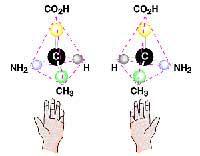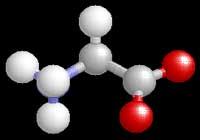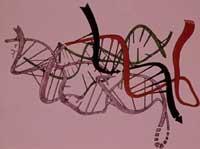Pharmacy for the pharmaceutical industry
2002/06/21 Carton Virto, Eider - Elhuyar Zientzia

When drugs are synthesized, it is very common for the chemical reaction to result in a molecular mixture. These molecules have the same components, but are not equally arranged. If these molecules were the hands, one would be the right hand and the other the left. Both have the same components, the two have five fingers, but they are not exactly the same, since they cannot overlap, that is, they are mirror images. In chemistry these molecules are called enantiomers and, as has been said, it is very normal that the results of chemical reactions are a mixture of enantiomers. Enantiomers, besides being mirror images, have different properties.
In the pharmaceutical industry this occurs with many molecules with therapeutic properties. For example, thalidomide that caused so much damage in the 1960s was such a molecule. Many women took nausea from the onset of pregnancy and caused severe malformations in thousands of fetuses. When they were removed from the market and tested, they saw that one enantiomer was effective in treating nausea at the start of pregnancy, but that the other caused malformations.
In most drugs, one enantiomer is effective and another is not, but to avoid serious events such as the previous one, in some cases it is very important to differentiate the mixtures. But also very difficult.
Antibody filter

The filter prepared by researchers at the University of Florida uses antibodies to distinguish enantiomers. The immune system designs antibodies to bind to some molecules and not to others, so it is very appropriate to perform difficult separations. In this case, the filter has been used to separate enantiomers from a medicine to treat breast cancer. The filter is a perforated aluminum oxide layer. The holes are like the small cells of the honeycomb, and the antibodies are attached to the walls of these cells.
In laboratory tests, the RS form of the aforementioned drug has crossed the filter smoothly, while the SR form has been trapped in the pores. Researchers at the University of Florida believe filters can be prepared for other medicines. To do this, it is enough to introduce the ‘tweezers’ suitable to the antibodies, that is, the groups that will join one of the molecules that want to be separated.
More information: Nature

Gai honi buruzko eduki gehiago
Elhuyarrek garatutako teknologia






